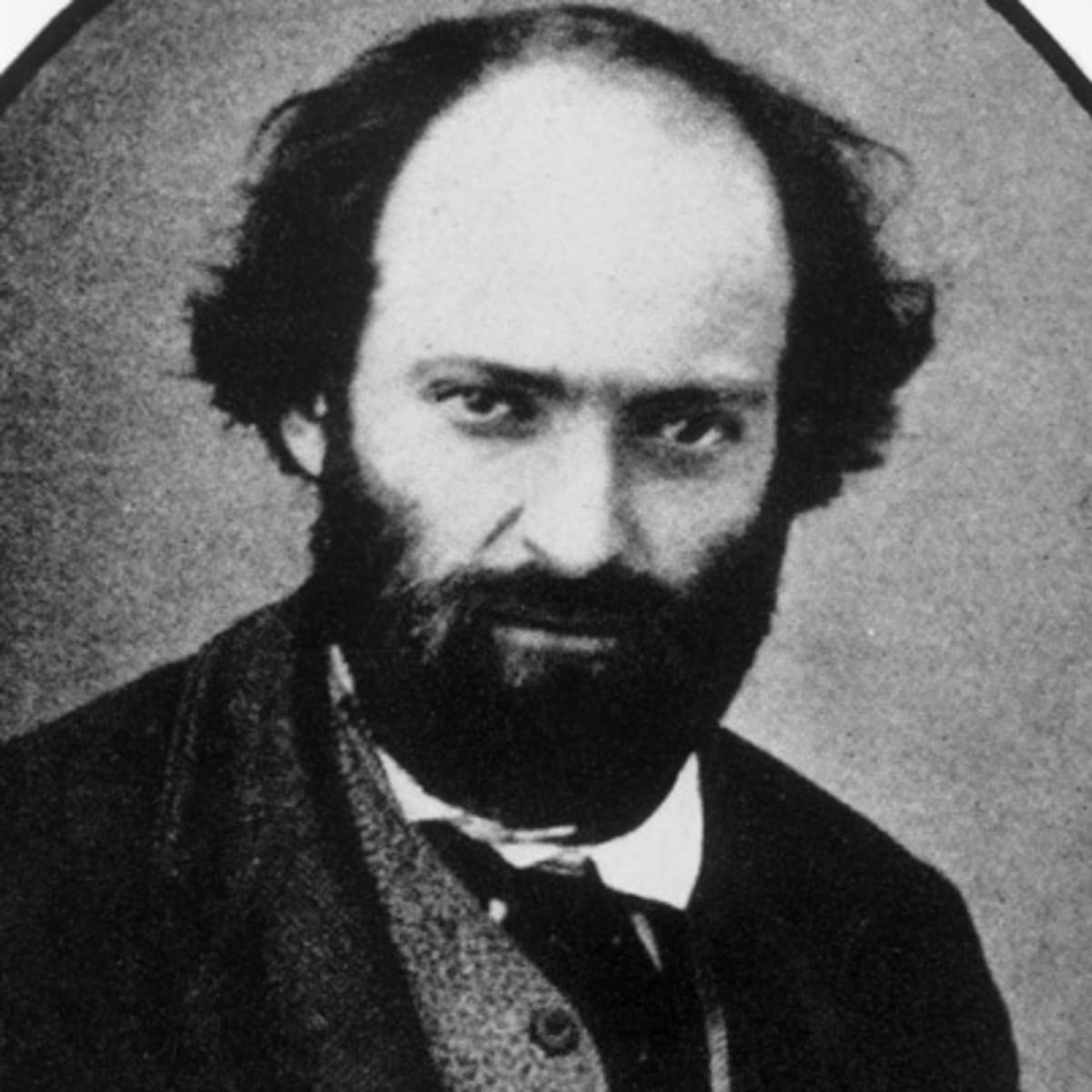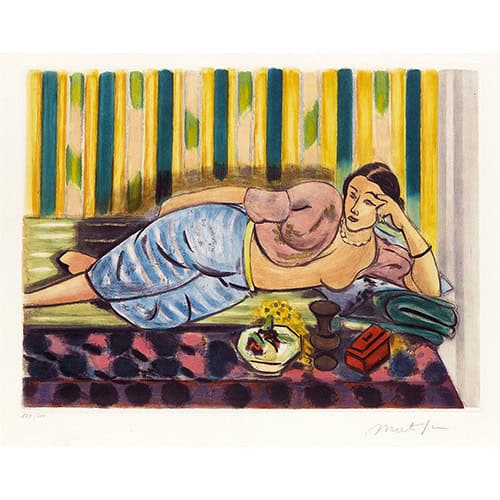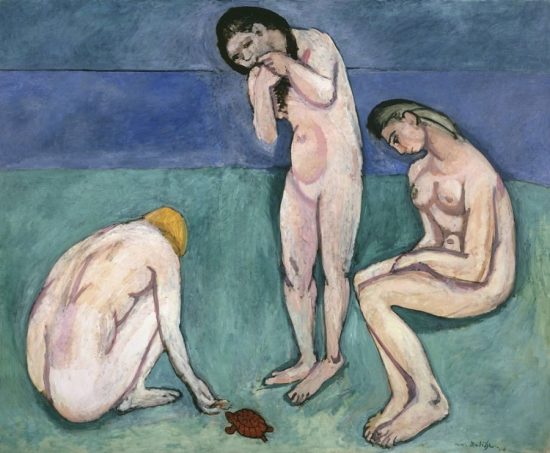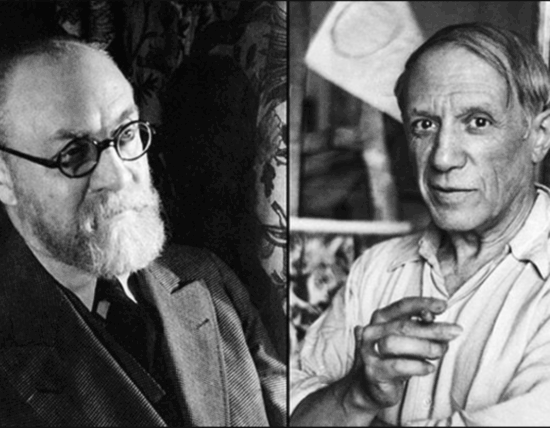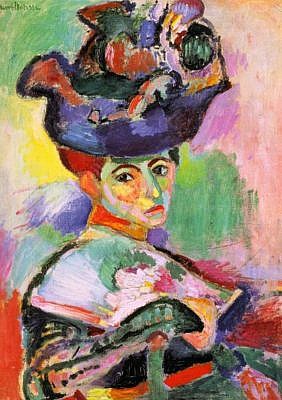
A large number of well-known Henri Matisse paintings were created during his lifetime, and to this day has the reputation of being one of the most important artists of the 20th century right along next to Pablo Picasso. If you think about Henri Matisse, perhaps the first association is the Fauve movement. Fauvism was born in the early years of the 20th century and drew on the inspiration of Paul Cézanne, Vincent van Gogh, Paul Gauguin, and Georges Seurat. It was a French movement including, most famously, Henri Matisse. The Fauves, which translated into “wild beasts”, used color in never-before-seen ways to express light and emotion. In this new movement, color was separated on the canvas from that seen in the real world. The resulting paintings are rich in all varieties of colors, and made quite a mark on the viewers, who were at first stunned and disturbed by the paintings.
[ Now you can keep up with Henri Matisse by following us on Instagram ! ]
In the fall of 1905, Matisse debuted his now famous painting Woman with a Hat (Femme au chapeau), 1905 at the Salon d’Automne in Paris. The painting features his wife, Amelie, posing in a fantastic hat. Femme au chapeau shocked viewers with the bright, unrealistic hues and the almost unfinished appearance of the brushwork. It was wholly unlike the work that had been produced before it. And most importantly, the colors used had no bearing on the real scene. Reportedly, Madame Matisse had been wearing a black dress when posing for the work. The painting was bought by Gertrude and Leo Stein who were able to see the painting for what it was – the beginning of modern art. The work is now on display at the San Francisco MoMA where it has been since 1991.
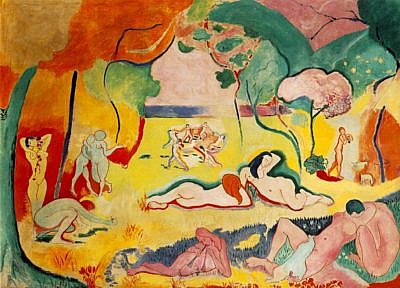

Joy of Life (Bonheur de Vivre), 1905 is another of Matisse’s most famous fauvist paintings. The work was shown at the Salon des Indépendents in 1906, where it was incomprehensible to the audience. Bright colors flood the canvas, as well as simply and cleanly drawn figures. Matisse takes much inspiration from Cézanne in his works, and this painting has many compositional similarities to Cézanne’s images of bathers. The colors in this work evoke emotions as opposed to portraying reality as we see it visually. This painting was also bought by Gertrude and Leo Stein and hung in their home, where it was seen by Pablo Picasso, who was inspired to then to compete with Matisse in creating his masterpiece Les Demoiselles d’Avignon. The painting currently is on show at the Barnes Foundation in Philadelphia.
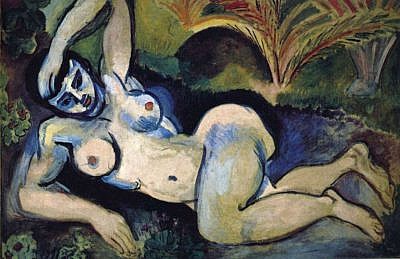
Blue Nude: Souvenir of Biskra, 1907 threw the art world into disarray. A nude woman poses against background of green palm fronds. The woman is twisted and her body is shadowed with different shades of blue. Unlike the soft and beautiful nudes typically on display in Paris, Blue Nude is harsh and ugly. Picasso said of the work that it fell uncomfortably between woman and design, and that Matisse would have been better off had he picked one or the other. The painting is located in the Baltimore Museum of Art.
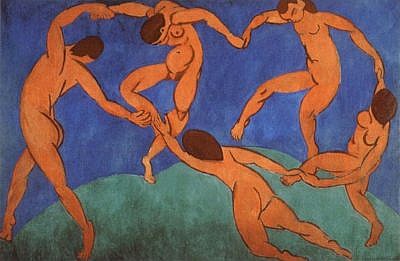
Dance, 1910, a well-known image by Matisse, was commissioned in 1909 by Russian textile merchant Sergei Shchukin. Matisse was to create 2 large canvases to flank the staircase at his mansion in Moscow. Dance shows five figures with hands joined dancing in a circle atop a green hill. Shchukin was a great patron of Matisse, and the two shared a close and bountiful relationship. The painting resides in The Hermitage in St. Petersburg. A mural version of the work, entitled The Dance II was completed in 1932 and hangs in The Barnes Foundation in Philadelphia.
Later, Matisse moved into his period of odalisque painting where he combined elaborated costumed or occasionally nude or semi-nude women reclining against a background full of abstracted designs. Matisse had been interested in decorative designs for much of his career, but it is in the odalisque paintings that this truly shines through. The paintings are inspired by a period of time that Matisse spent in Morocco in 1912 and 1913. The fascination that Matisse found in the harems there is obvious in his many interpretations created in the 1920’s. These paintings can be found in many museums including the Met and the MoMA.
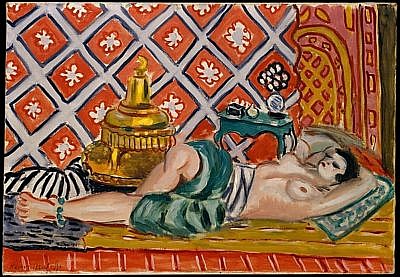
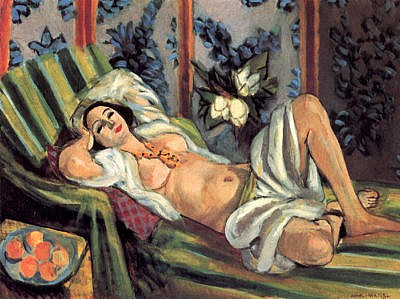
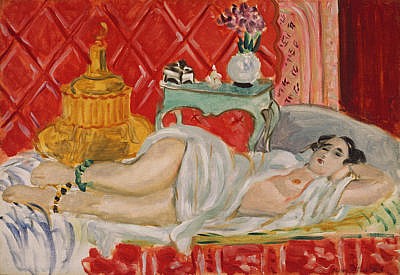
Citations:
Henri Matisse. http://www.henrimatisse.org
‘Henri Matisse,’ The Art Story. http://www.theartstory.org/artist-matisse-henri.htm
View our fine art collection of Henri Matisse Lithographs and Etchings

